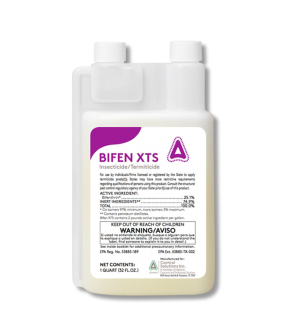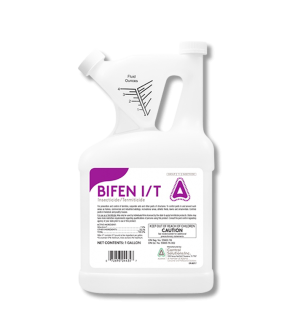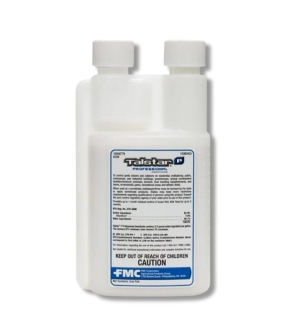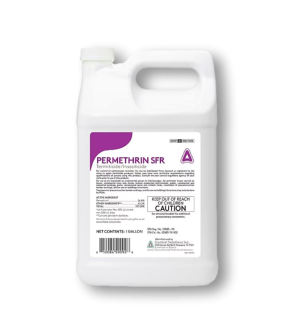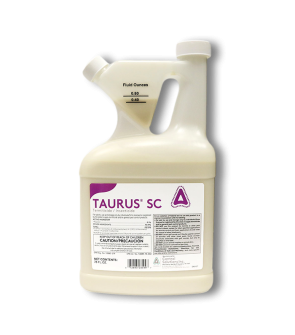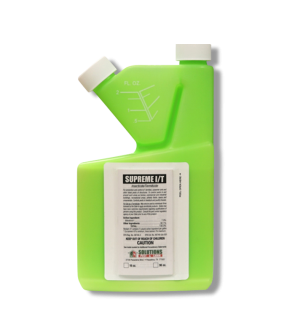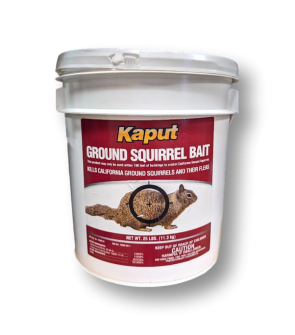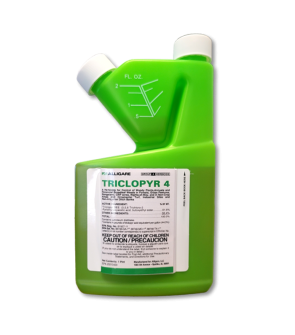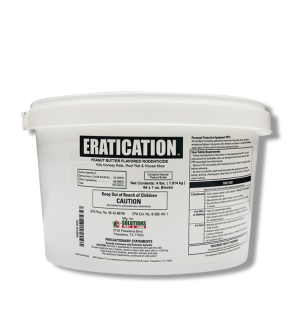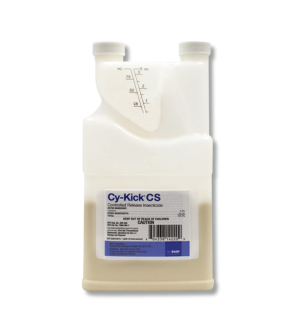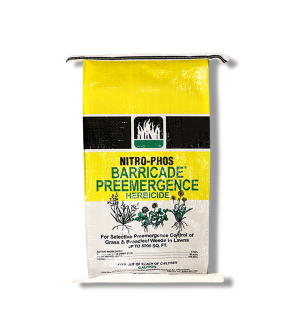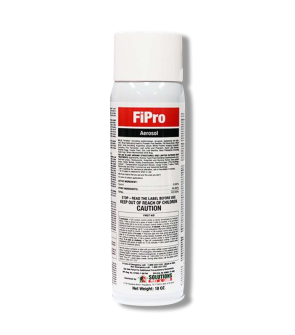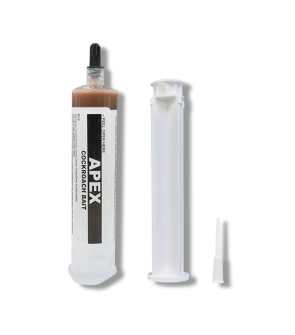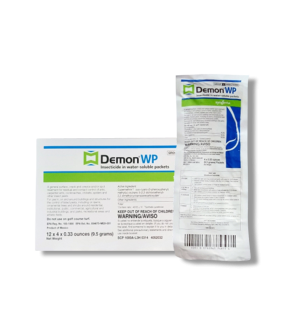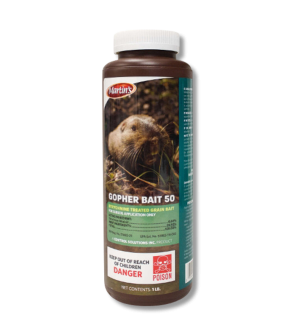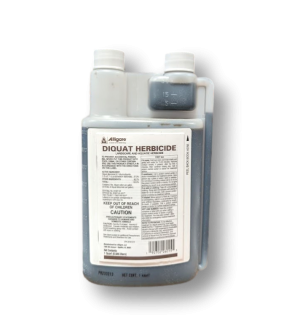Gain access to personalized product screening, the best pricing, rewards, and more!
Most Effective Products
Pesticide Active Ingredients

An "active ingredient" in a pesticide is one that prevents, destroys, or hinders a targeted pest. In other words, it is the chemical that takes "action" to control the pest. It is the most potent ingredient in a formulation or the chemical with the highest concentration in a solution.
Several pesticide-active ingredients are staples in the pest control industry, and they have been tested and proven effective for many years. Other pesticide-active ingredients have been recently developed and are newly introduced in various pesticide products. Choosing an active ingredient depends on a few factors that should be considered before purchasing.
In the guide below, we will discuss common pesticide active ingredients and how to determine which to use in any given situation. You can also find pesticide-active ingredients that you can learn about more in-depth.
How Active Ingredients Work
Mode of Action
Active ingredients are usually classified based on their chemical structure and mode of action, which is how the active ingredient affects the target pest. For the most part, active ingredient modes of action can be divided into two main groups: active ingredients that target the nervous system and active ingredients that don’t target the nervous system.
For instance, active ingredients are classified as neurotoxins, which have a mode of action that affects the target pests' nervous system. An example of some neurotoxins is natural pyrethrins (which are derived from the chrysanthemum flower) and their synthetic (man-made) version, pyrethroids. When you see active ingredients like bifenthrin, permethrin, cyfluthrin, beta-cyfluthrin, deltamethrin, cypermethrin, and lambda-cyhalothrin—they are pyrethrins or pyrethroids.
For example, active ingredients that don’t target the nervous system affect another function or part of the body, the exoskeleton. One such type is insecticides with active ingredients that act via desiccation (affecting the exoskeleton of pests so they die by dehydration). Active ingredients like diatomaceous earth and silica gel are examples of dehydrating dust that act via desiccation. An active ingredient like Methoprene is classified as an insect growth regulator. Its mode of action affects the target insect's reproductive process so that eggs don’t develop or have complications when developing.
Knowing an active ingredients mode of action can help you select one product over another based on your preference and what you hope to accomplish.
Identifying The Pest

Pest problems can occur in many different scenarios and under many different circumstances. What pesticide chemical you choose to address the problem depends on several factors, such as what pest is being targeted, where the chemical should be applied, and what you hope to accomplish.
Identifying the pest problem is the first step in picking out a pesticide with a specific active ingredient. Once you know what pest you have—whether it's an insect, a rodent, a weed, or a disease—you can then move forward with how you want to address the issue.
Once you have identified the pest issue, you will need to analyze how to control it. Below are a few questions you should ask yourself before selecting a pesticide chemical.
- What are the characteristics of the pest?
- What is the severity of the infestation?
- Where is it found (what areas are frequented)?
- What are the conducive conditions of the area?
- How quickly do you want to eliminate the problem?
These are just a few important questions that can help you determine a pesticide formulation containing specific active ingredients.
Factors In Selecting an Active Ingredient
Based on our expert study and research, we have determined the top factors to consider when selecting a product with a particular active ingredient: how it works as a repellent vs. a non-repellent, how quickly you would like it to work vs. how long you’d like it to work, and finally, user safety.
How the Active Ingredient Works: Repellent vs. Non-Repellent
Some active ingredients serve as a repellent, meaning that they don’t necessarily kill the insect but are off-putting enough to keep it away. The pest will immediately recognize that the active ingredient is applied somewhere and avoid it. Some examples of repellent insecticides contain pyrethroids like deltamethrin (D-Fense SC) or bifenthrin (Talstar Pro).
Non-repellent active ingredients are those that the target pest will not be able to detect as a chemical designed to kill them. The pest will unknowingly crawl over the active ingredient where it is applied, and then the chemical will eventually kill them without them suspecting anything is wrong. Some examples of non-repellent insecticides are those that contain fipronil (Taurus SC, MaxForce Baits) or imidacloprid (Apex Cockroach Bait, Dominion 2L).
When choosing between repellent and non-repellent insecticides, the main difference is the length of time it takes for the product to knock down an insect and whether the insect has time to transfer the lethal active ingredient to others in the population, which brings us to our next factor:
Speed of Kill vs. Length of Effectiveness
Another big factor in selecting an active ingredient is how quickly you want the ingredient to eliminate the pest or how long you want the ingredient to do its job. If you want a product that is fast-acting, then you will want to select an active ingredient known for quick knockdowns, like a pyrethroid.
Pyrethroids are fast-killing and can also be a repellent, so they are good for creating barriers to keep pests away. The con is that the residual effects of these products (how long they remain effective) are not very lengthy, probably just a few weeks.
Active ingredients like imidacloprid and fipronil are not fast killers and work slowly. They are non-repellent, so they allow the insect to come into contact with or ingest the product, then go about their business and share the product or interact with others in their nest, so they all eventually die from exposure to the active ingredient. The residual effects of these insecticides are also much longer, remaining effective for several months.
So, you would have to weigh your options when it comes to active ingredients: Do you want a quick kill with little to no residual effect or a long residual effect but slow-acting?
User Safety
When applying pesticides, you, of course, want a product that is safe. When applied according to the product label directions and safety warnings, all products can be safe, no matter the active ingredient. But factors like whether you have pets and children around or need to apply around a sensitive area like where food is handled or plants are present should be considered before selecting a pesticide active ingredient.
Some active ingredients may also be harmful if ingested or if they come into contact with your skin. This is why reading the label is very important before making any purchase.
Some Helpful Examples
Person A has a mosquito problem, and he wants them killed quickly:
Person A should consider using a pyrethrin product with an insect growth regulator like methoprene. Mixing Flex 10-10 with Martin's IGR Insecticide would be our best recommendation for controlling the mosquito population around her home.
Person B has cockroaches in his home. He’s tried sprays that kill them quickly, but there are so many that he’s at a loss for what to do.
Person B should consider using a product that contains imidacloprid, like Apex Cockroach Bait. Imidacloprid is a slow killer. When it does kill, it will wipe out a significant population of the roaches or take out the entire infestation because it allows time for the active ingredient to be transferred between the roaches so all are poisoned.
Person C has a variety of pest problems and doesn’t want to spray constantly to address them. She wants to keep the pests gone with a quarterly treatment.
Person C should consider using an active ingredient like bifenthrin (Supreme I/T), a pyrethroid. Pyrethroids can kill pests quickly and have a repellent quality. They also have a long residual of up to 90 days.









